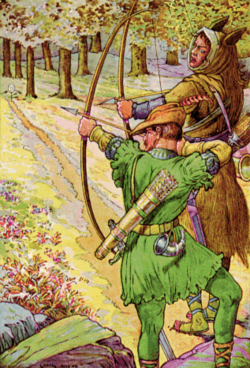History
Many tropes of European folklore can be identified as stemming from the Proto-Indo-European peoples of the Neolithic and Bronze Age, although they may originate from even earlier traditions. Examples of this include the 'Chaoskampf' myth-archetype as well as possibly the belief in knocking on wood for good luck. [1] The culture of Classical Antiquity, including mythology, Hellenistic religion and magical or cultic practice was very influential on the formative stage of Christianity, and can be found as a substrate in the traditions of all territories formerly colonized by Greeks and the Roman Empire, and by extension in those territories reached by Christianization during the Middle Ages. This includes all of Europe, and much of the Middle East and North Africa. These traditions inherited from folk beliefs in the Roman era were syncretized with local traditions, notably Germanic, Celtic and Slavic. Many folk traditions also originated by contact with the Islamic world, especially in the Balkans and in the Iberian Peninsula, which were ruled by Islamic empires before being re-conquered (in the case of the Balkans, partially) by Christian forces. The result of such cultural contact is visible e.g. in the tradition of the Morris Dance in England, an adaptation of the "moorish" dances of the late medieval period.
The result were the related, but regionally distinct, folk traditions as they existed in European society on the eve of the Early Modern period. In modern times, and especially since the 19th century, there has been much cross-pollination between these traditions, often by the detour of American folklore.
This page is based on this
Wikipedia article Text is available under the
CC BY-SA 4.0 license; additional terms may apply.
Images, videos and audio are available under their respective licenses.
